Live music photography is an area that intrigues many, yet few really find a breakthrough. We recently spoke with Kevin Kerr, who swapped his Silicon Valley profession for a career in live music photography. Find out what is in his gear bag and what goes into a great live music photograph.
Capturing the essence of live music through photography involves translating the auditory experience into visuals that resonate with the same intensity. This task requires a keen sense of timing and an intuitive grasp of color and composition. The interplay of light and shadow, the burst of colors from stage lights, and the dynamic movements of musicians all converge to create a visually rich tapestry that mirrors the sound. By freezing moments of raw energy and emotion, photographers can convey the rhythm and mood of the music. Timing is crucial; capturing a guitarist's intense solo or a singer's passionate note at the peak of their performance can evoke the same excitement felt in the audience. Colors play a significant role in representing the sound, with vibrant hues reflecting upbeat tempos and somber tones mirroring melancholic melodies. Ultimately, it is the photographer’s ability to see beyond the surface and delve into the spirit of the performance that allows the creation of images that not only document the event but also encapsulate the soul of the music itself.
Here are some insights from Scottish music photographer Kevin Kerr, who, in a relatively short timeframe, has seen great success in his photographic journey.
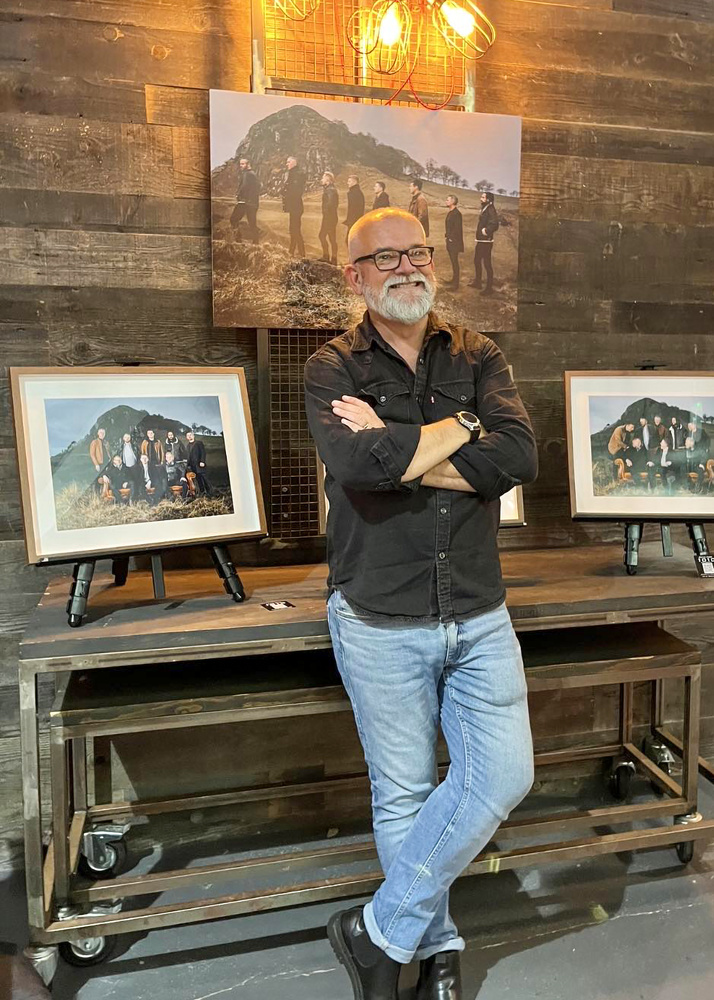
Could you share some insights into your background and how your journey into photography began?
I worked in the high tech industry for most of my career, latterly as a Senior Director for a company based in Silicon Valley California. I travelled extensively across the Globe as part of that role and my camera was my companion, I loved documenting my trips and creating a series of images that I could share with family and friends on my return. I now look back at these images and I am so grateful for the opportunity I had to record them, the world has changed dramatically in recent times and the photos transport me back to another time. I recently visited Jenny Matthew’s Sewing Conflict exhibition at Street Level Photoworks in Glasgow, some of her work was taking during the same period of time I spent working in the Middle East, I found the experience hugely emotional, seeing other images captured only a few miles away from where is was working and in the same timeframe of 2009.
I also enjoyed imaging atmospheric optics and was a keen aurora chaser since the early 2000s. With my love of music combined with shooting in low light, the next obvious step was shooting live music and that has become my niche area in the past few years.
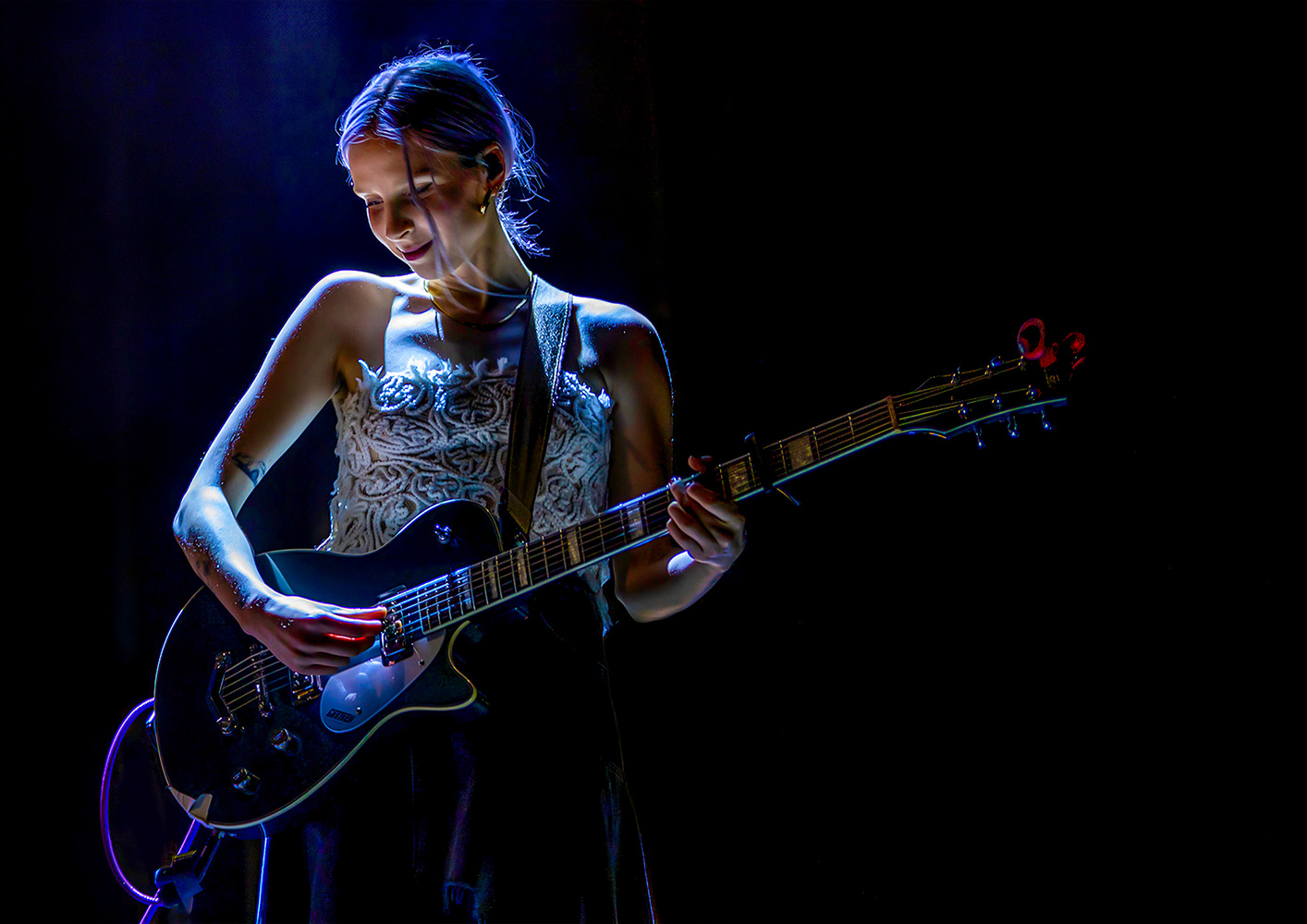
Who are some photographers that have inspired you and influenced your work?
"I always find this question difficult to answer, mostly because I honestly don’t have any go-to photographers. I take influence from many areas, people and styles. Typicall,y when I see something that grabs my attention, I will screen grab it and save in it my 'inspiration' folder on my phone. I think this might stem from my early fear of getting it wrong, breaking some unwritten rules and worrying about what other photographers might say about my work. I feel I became more free when I stopped shooting for likes and really started shooting for myself, that’s when I really started to capture what I saw and what I felt. Coincidently that is when more folk began to appreciate my work too."
The music industry can be a challenging landscape for photographers to navigate. How did you transition from simply obtaining photo passes to securing paid assignments?
For me the early days were about cutting my teeth, experimenting, messing things up, learning and gaining experience. It was never about taking work away from the highly skilled people who did this as a living. As soon as I had reached a certain level, I transitioned away from free shoots. Thankfully, by that time, people were beginning to notice my work and had started to invite me to shoot directly for them, which made the transition a much smoother process. Shooting as a hobbyist is great and a lot of fun, however, there needs to be consideration for the photographers who do this as the day job.
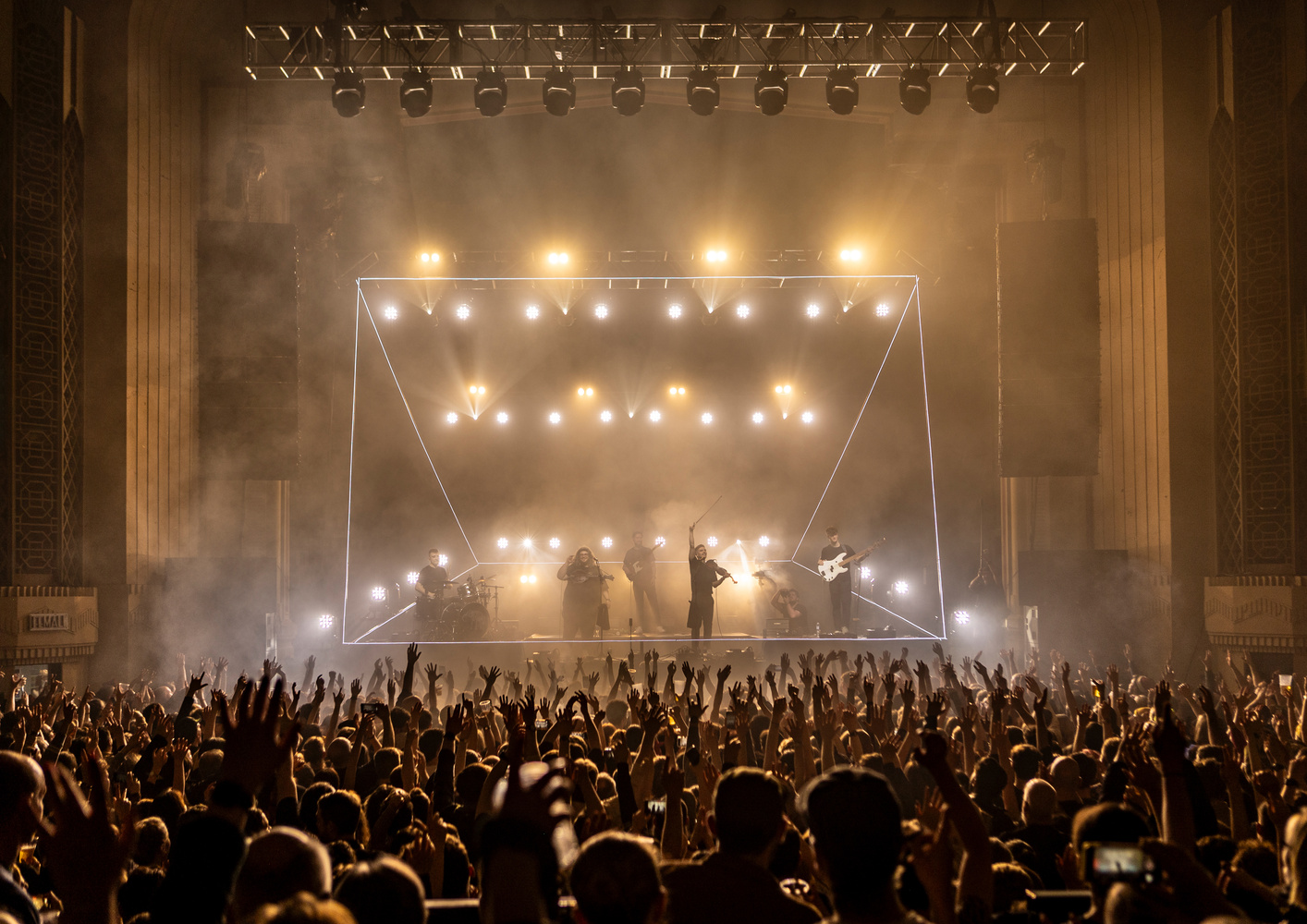
What is in your gear bag, and what is your process for preparing for a live music event?
"I start my preparation as soon as I have finished the previous shoot. Batteries are back on charge, all images backed up to my NAS (RAID), plus separate external drives, all SD cards formatted ready to begin again. I then know I have a safe and clean starting point in case the plan or times change on the next shoot.
In my bag I have two Canon R6s, and depending on the shoot, I sometimes pack my trusty old Canon 6D. Lens-wise, I have a Canon 24-70mm 2.8L and 70-200mm 2.8L that are permanently attached to the R6s. Additionally, I usually pack a 15mm 2.8 Fisheye, 16mm 2.8 RF and a 50mm 1.8. I still use my old Canon glass with EF/RF control ring converters."
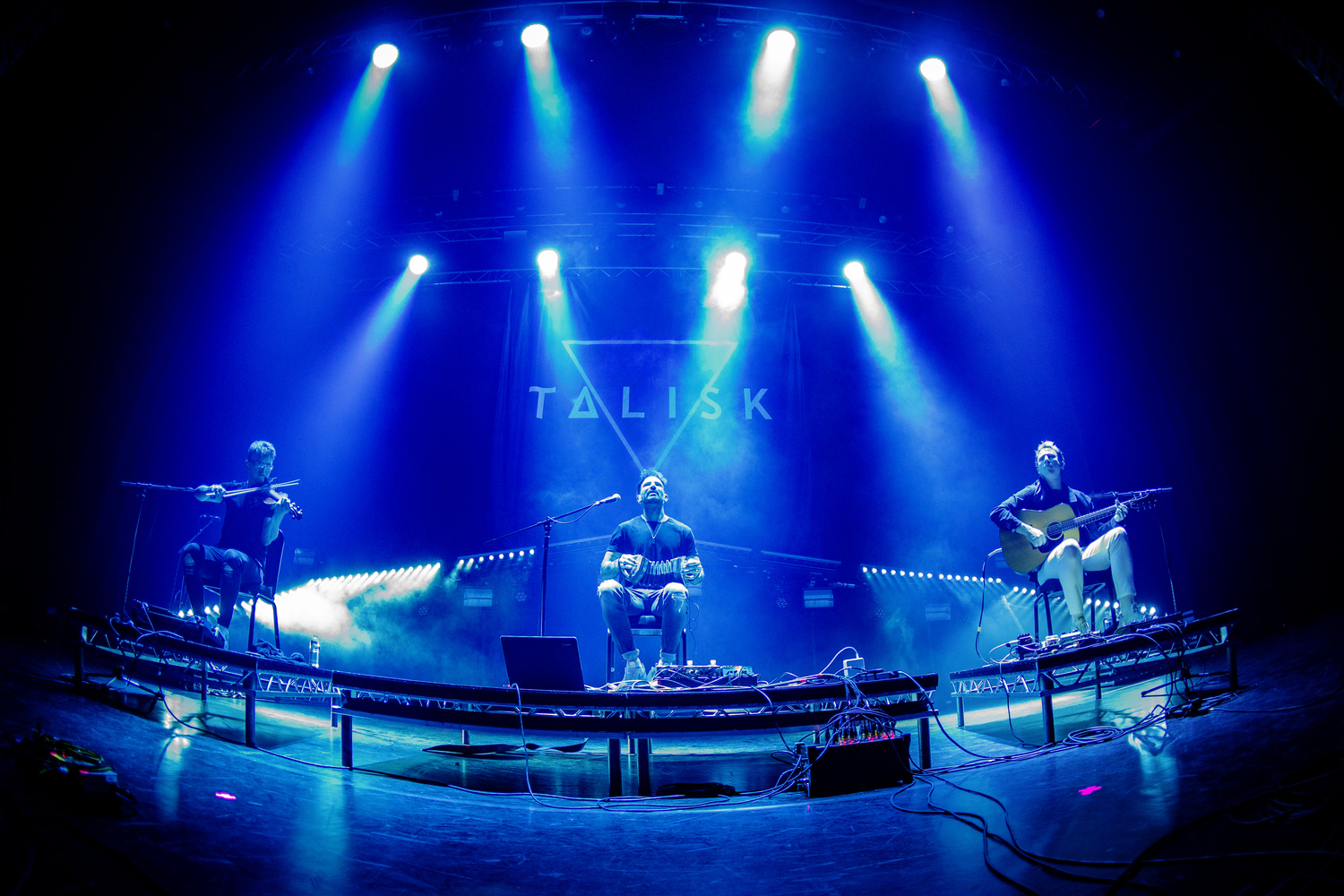
In your opinion, what makes a compelling live music photograph?
You genuinely need to be passionate about it, it shines through in your work. This month will be the 40th anniversary of my first gig as a punter at the Glasgow Barrowland Ballroom, I was only 15, and I still get goosebumps as I walk up the stairs. I watch the performance and anticipate when something is about to happen, I am constantly watching the light show, watching the repeats, listening to the music, the builds and the performers, you can feel when something is going to happen. I love it when you squeeze the shutter button and you know you have captured something special through anticipation and not just by good luck.
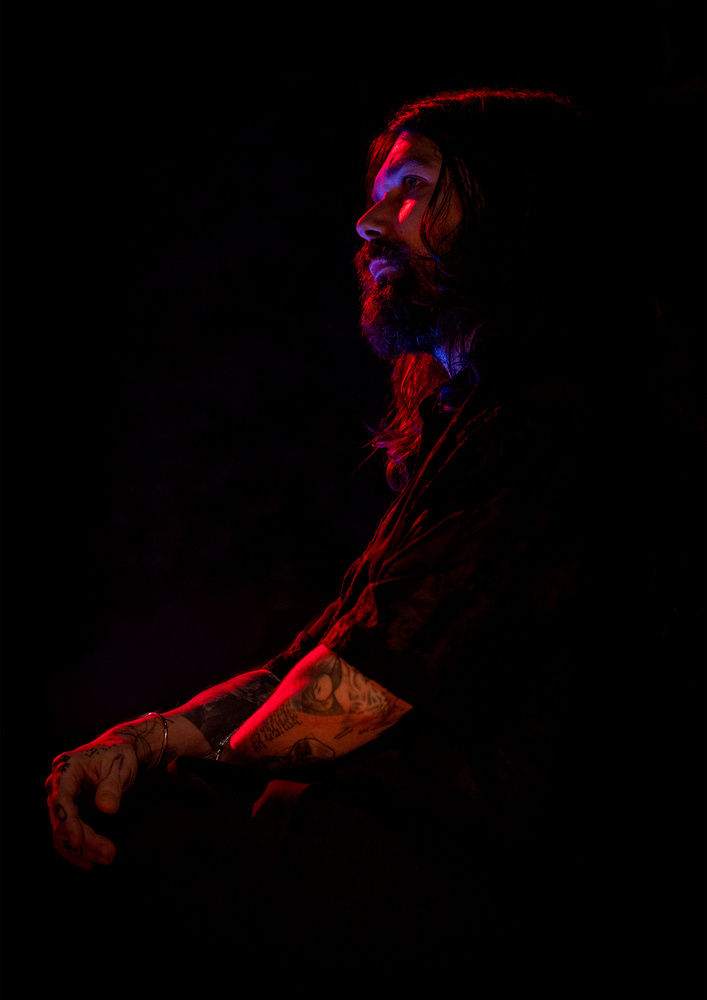
What are some of the most challenging aspects of photographing live music events, and how do you overcome them?
Even on tour, every event is different with unique challenges; preparation and communication are absolutely key. I aim to get there after load in, and just before soundcheck, looking for vantage points, access routes and potential compositions. Security at venues is critical and its important that the security team know who you are and your intention for the night, this is in everyone’s best interest and it makes for a smooth working relationship. I like to get in the crowd too, it really helps tell the story, so be prepared for folk jumping in front of the lens thinking they are the first person to ever have pulled that joke. Don’t get annoyed; pretend to take a shot, tell them they are beautiful, and get back to work.
You recently launched your first solo photography exhibition, can you tell us more about what we can expect to see there?
I’m not really an exhibition type of guy, however, I really enjoyed Simon Murphy’s recent exhibition in Glasgow, he made it desirable, interesting and accessible to all. I wanted to create a similar type of atmosphere. There will be signature pieces of work there capturing live performance, however there will be lots more behind-the-scene images which will give additional insight to what goes on in the vibrant Scottish music scene. I feel that a lot of music photography focuses on close-up work and misses the overall context and atmosphere of the event. I love to shoot live portraits using available light during a gig and I have a section which will display this, for example there is a key image of Simon Neil from Biffy Clyro, taken at this years Celtic Connection. However, those shots only show one aspect of the gig, as each night of a tour, the show changes, and the part that changes is the venue. I think its critical to showcase those wider, architectural shots, The roof of the famous Glasgow Barrowland, the pipe organ and stained glass windows of St Lukes or the massive circular framework of the OVO Hydro.
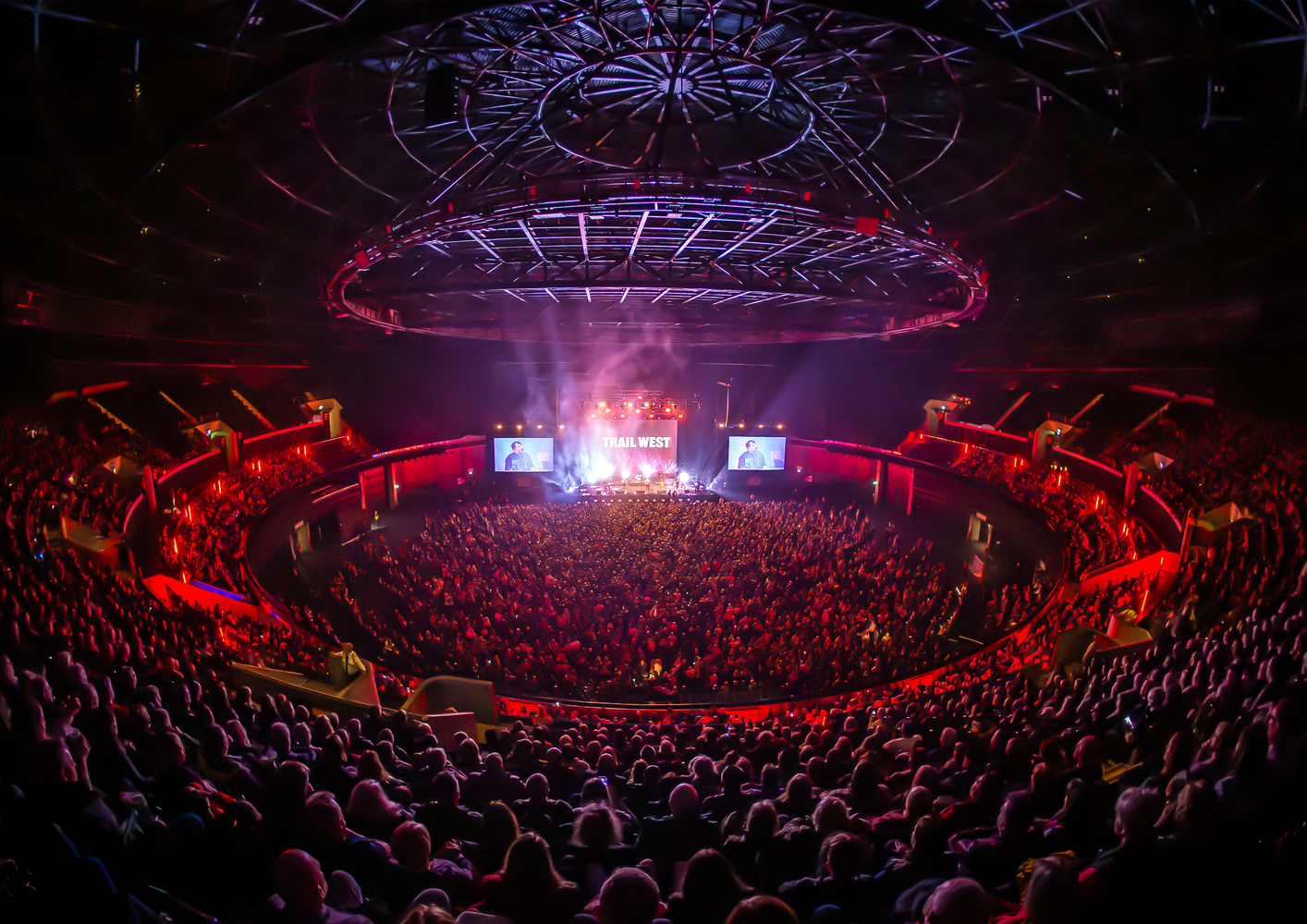
What advice would you give to aspiring music photographers who are looking to break into the industry and combine their own passions with their work?
Everyone wants to shoot big names in big venues from day one, however it is massively beneficial to start in smaller venues, with poor lighting, less space, or even no pit. You learn to think on your feet, shoot in low quality light, you learn to think of your edit whilst taking the shot. Plus, there is way less pressure, so enjoy the experience and learn from it. When you progress to larger venues and better quality light it’s a breeze, but be prepared for a shock when your band decide to play 'intimate' venues again.
There you have it. There is more to live music photography than owning a camera and getting an Access All Areas pass. Do you shoot live music? If so, what are some top tips you would give?
All images used with permission of Kevin Kerr
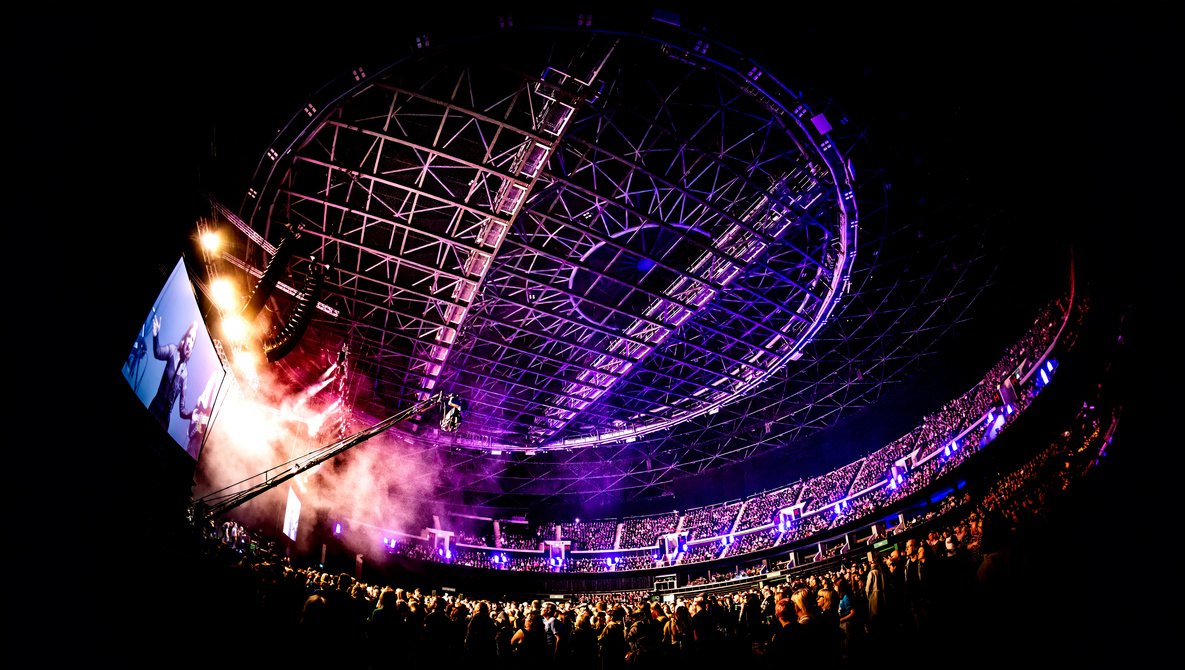
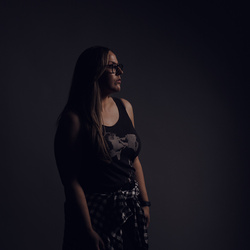






Loved reading this interview. Shooting concerts/music events is one of my favourite genres of photography.
Thanks for sharing Ruud! Music photography is full of energy and fun (and hard work!)